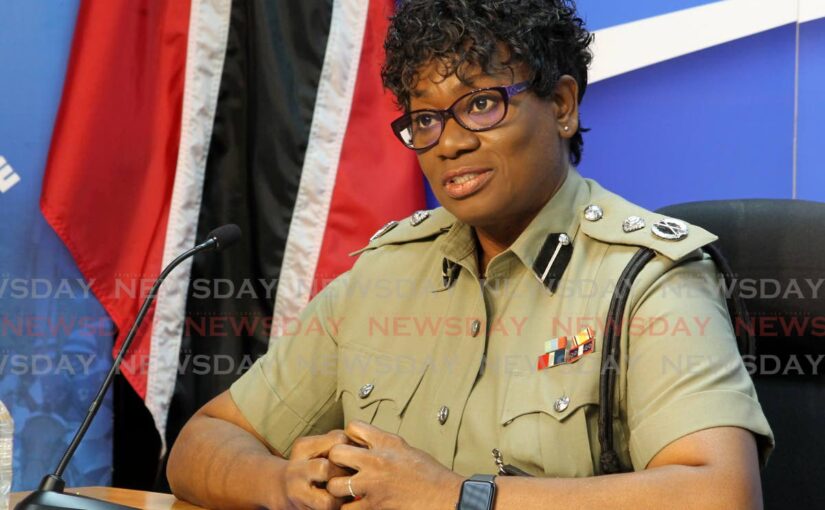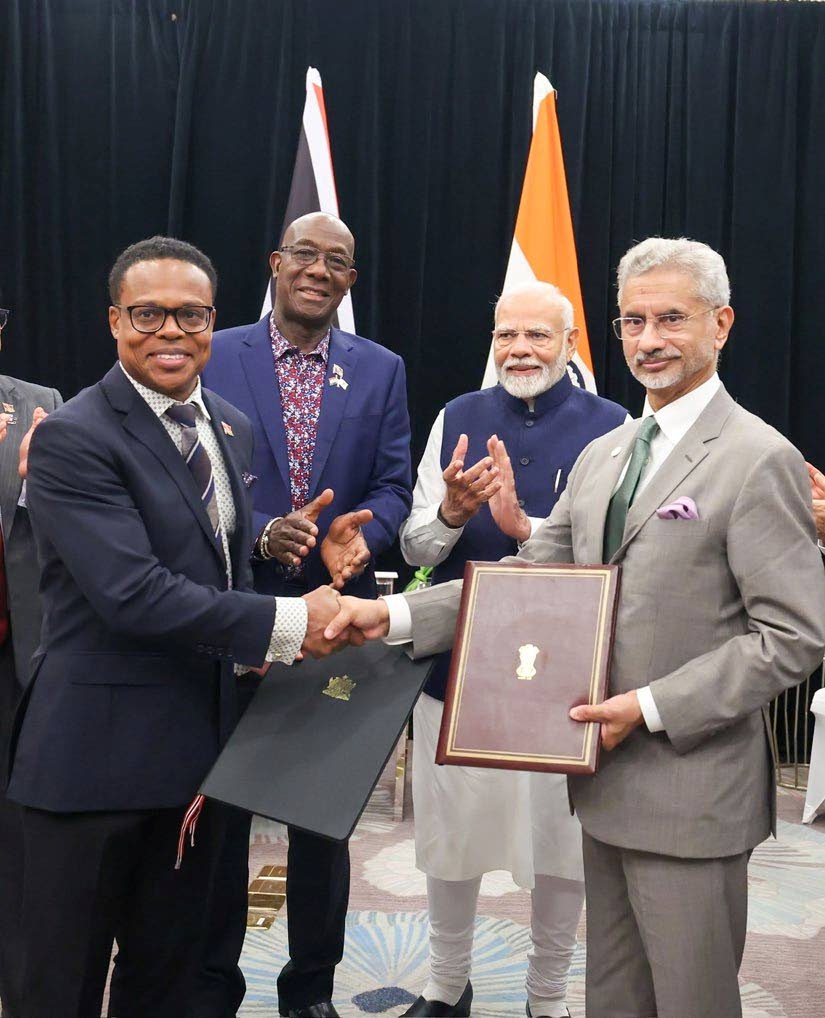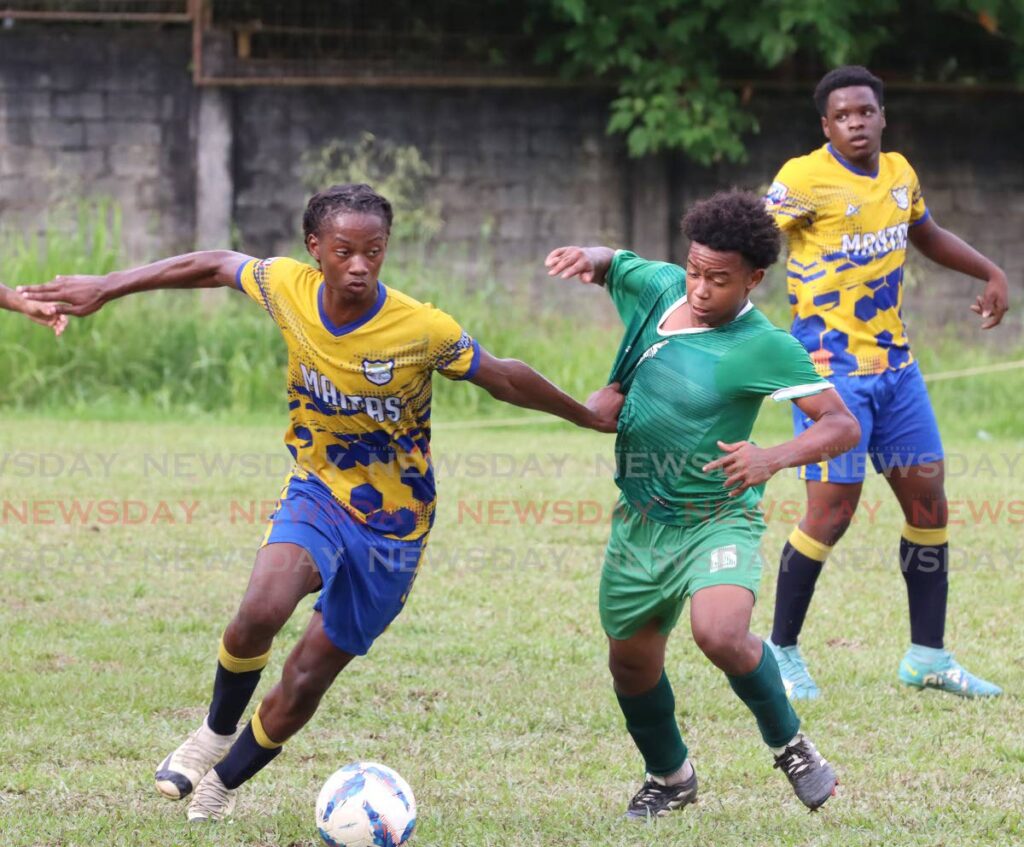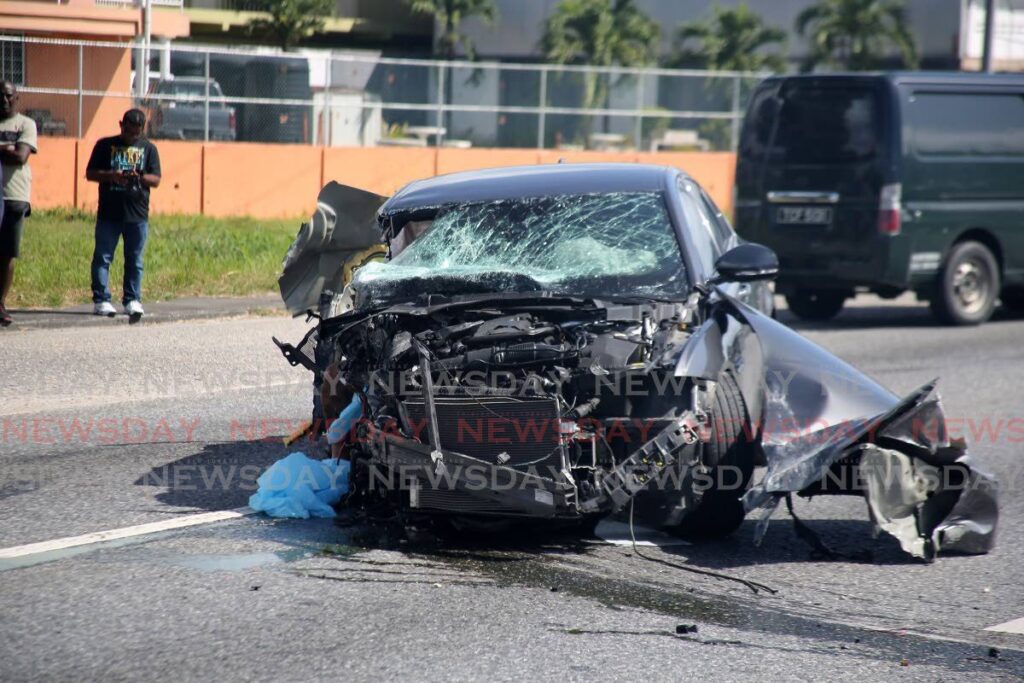Ready-to-wear policing
Written by Newsday on October 19, 2024

COMMISSIONER of Police Erla Harewood-Christopher’s decision to have officers revert to the traditional grey and blue uniform is a good move.
While the announcement of this change was precipitated by yet another instance of criminals appropriating police gear, that disturbing trend is just one of many good reasons why the use of tactical wear should be limited.
Given the October 23 deadline set for the return of clothing, the top cop clearly wishes to cut off the oxygen that has been facilitating bandits as quickly as possible. Some might say the measure is overdue and should be implemented even more swiftly.
However, it is worth noting that at least four units will continue to use military-style paraphernalia, namely the Guard and Emergency Branch, the Inter-Agency Task Force, the National Operations Task Force and the Multi-Operational Police Section.
To truly stem the tide of criminals impersonating cops, the police must properly educate the public about the specialist roles such units play. For instance, the National Operations Task Force is relatively new, having been established just two years ago.
Getting rid of the widespread use of tactical gear is a good move partly because of the need for a clear sense of escalation in terms of how the public engages with officers.
The average person in the street needs to be able to clearly identify and approach cops without fear. But also needed is a sense that the more serious a situation, the greater the level of response. That cannot happen if officers doing regular patrols on city pavements dress as if they are going to war.
For too long, the use of tactical gear has also had a mixed impact on how the police are perceived.
The ironic thing about camouflage is that instead of allowing officers to blend in, it has simply made them stand out.
This has been good from the perspective of signalling strength. However, that projection of power has also backfired for two reasons.
Firstly, it has sent the message that specific communities patrolled by intimidating-looking officers are threats. This is especially so when combined with the frequent display of large weapons along with these uniforms.
Instead of feeling safe, these communities end up feeling singled out and excluded. This is worsened by police searches done without proper warrants and suspicious civilian killings where no body-camera footage can be found.
The second reason is the fact that tactical gear creates a mindset among officers that they are soldiers headed to battle.
While there is no doubt fighting crime is a grave matter, this generates the completely wrong tone of engagement.
Hopefully this return to more ready-to-wear gear might go some way towards rebuilding connections and trust.
The post Ready-to-wear policing appeared first on Trinidad and Tobago Newsday.




